NEWS at Quanex
See the latest news, posts and events from Quanex about our business, the industry, our people and more.
How to Choose the Best Patio Door Seal for Energy Efficiency and Comfort
When it comes to enhancing your home's energy efficiency and comfort, selecting the right patio door seal is of paramount importance. A quality patio door seal not only prevents drafts and moisture intrusion but also plays a crucial role in maintaining a consistent indoor temperature, thereby reducing energy costs. With a variety of materials, designs, and installation methods available, choosing the best patio door seal can be a daunting task for homeowners. It's essential to understand the different types of seals—whether they be magnetic, adhesive, or foam-based—as well as their unique benefits and limitations. By investing time in selecting the appropriate patio door seal, you can significantly improve your home's insulation, comfort levels, and overall energy efficiency, ensuring a cozy living environment throughout the year.

Understanding the Importance of Patio Door Seals for Energy Efficiency
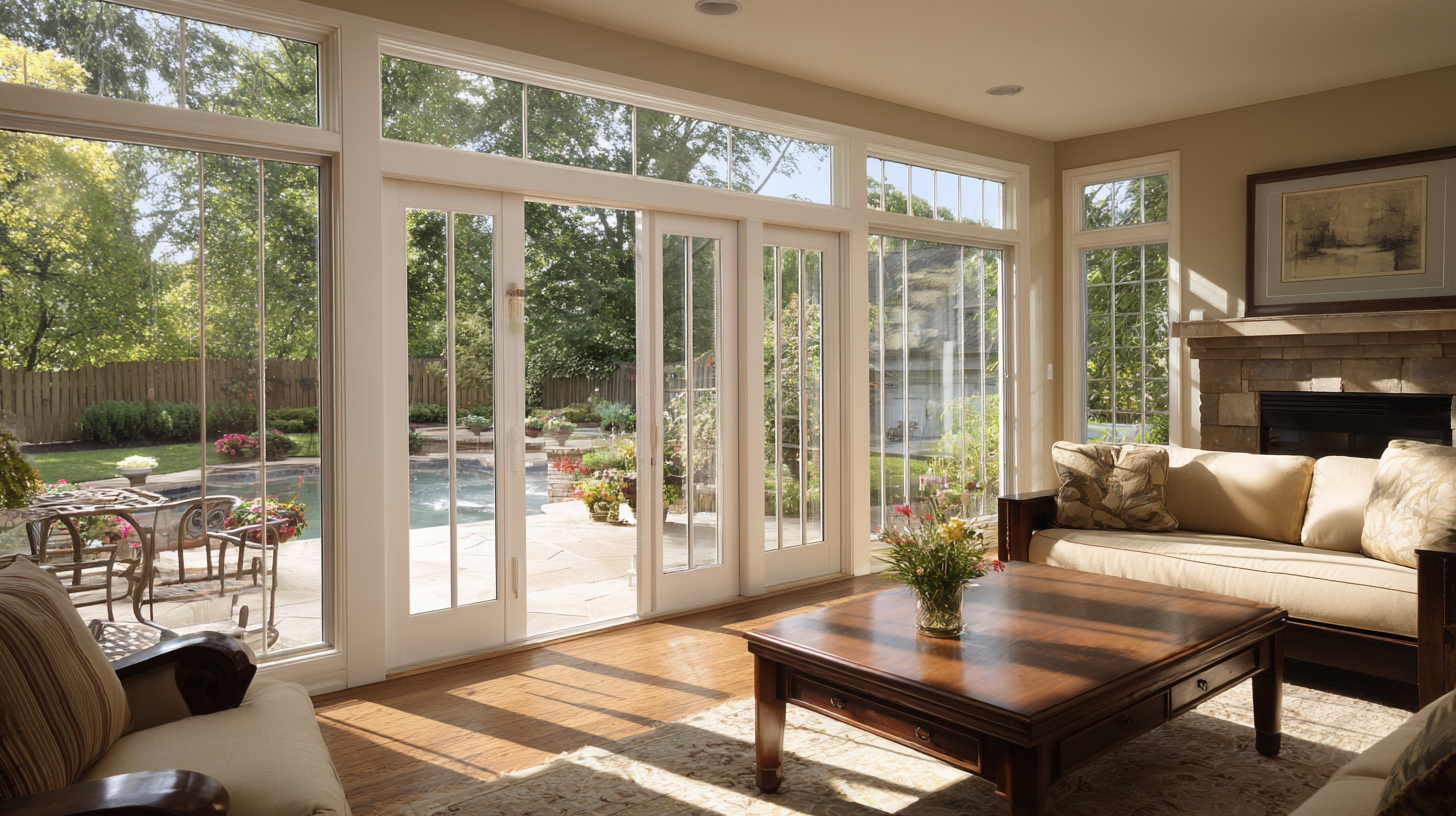 Patio door seals play a crucial role in enhancing the energy efficiency of your home. According to the U.S. Department of Energy, approximately 25% to 30% of residential heating and cooling energy use is attributed to air infiltration through windows and doors. A well-fitted patio door seal minimizes this infiltration, helping to maintain comfortable indoor temperatures and reduce energy bills. The right seal can prevent drafts and moisture from entering your home, contributing to overall comfort and energy savings.
Patio door seals play a crucial role in enhancing the energy efficiency of your home. According to the U.S. Department of Energy, approximately 25% to 30% of residential heating and cooling energy use is attributed to air infiltration through windows and doors. A well-fitted patio door seal minimizes this infiltration, helping to maintain comfortable indoor temperatures and reduce energy bills. The right seal can prevent drafts and moisture from entering your home, contributing to overall comfort and energy savings.
When choosing a patio door seal, consider materials that are specifically designed for thermal resistance. Foam and rubber seals are often recommended, as they offer superior insulation and durability. The National Fenestration Rating Council (NFRC) highlights that high-quality seals can improve a door's thermal performance by up to 50%, making a significant difference in energy consumption.
Tips for Choosing the Right Patio Door Seal:
1. Inspect your current seal for wear and damage regularly, replacing it at least every five years or sooner if you notice any signs of deterioration.
2. Ensure that the seal is easy to install, as proper application is critical to achieving energy efficiency. Look for options with adhesive backing or those that can be fitted tightly into a groove.
3. Consider investing in adjustable seals, which allow for a custom fit that can accommodate minor changes in your door frame over time.
Key Factors to Consider When Choosing a Patio Door Seal
When selecting the best patio door seal for energy efficiency and comfort, it's essential to consider several key factors. First and foremost, the material of the seal plays a crucial role. According to a report by the EFFICIENT WINDOWS COLLABORATIVE, high-quality foam and weatherstripping seals can reduce air leaks by up to 70%, which significantly enhances thermal performance. Choosing a seal made of durable materials like EPDM rubber or silicone ensures longevity and better insulation against outdoor temperature fluctuations.
Another factor to consider is the door frame's compatibility with various sealing systems. The U.S. Department of Energy emphasizes that properly installed seals can help improve a patio door’s energy efficiency rating by as much as 30%. It’s also vital to evaluate the seal's design for both moisture resistance and ease of installation. Many modern seals feature advanced designs that provide better adhesion and minimize the risk of water intrusion, which can lead to mold growth and structural damage over time. By focusing on these essential factors, homeowners can ensure that they choose a patio door seal that not only enhances comfort but also contributes to long-term energy savings.
Comparing Materials: Vinyl, Foam, and Rubber for Optimal Comfort
When selecting a patio door seal, the choice of material significantly impacts both energy efficiency and comfort within your home. Vinyl seals are popular due to their durability and resistance to moisture. They provide excellent insulation, maintaining a consistent indoor temperature by preventing drafts. Additionally, vinyl's low maintenance requirements make it an appealing option for homeowners looking for longevity and reliability in their patio door seals.
Foam seals are another excellent choice, known for their outstanding compressibility and ability to conform to irregular surfaces. This adaptability helps create a tight seal, which can drastically reduce energy loss and improve comfort by minimizing outside noise. However, foam may be less durable than vinyl, making it essential to consider the specific needs of your environment. Rubber seals, on the other hand, offer a balance of flexibility and strength, providing a robust barrier against the elements while also being gentle on the door frame. Each material has its own set of benefits, and understanding these differences can guide you in choosing the best patio door seal for energy efficiency and overall comfort.
How to Choose the Best Patio Door Seal for Energy Efficiency and Comfort
| Material | Energy Efficiency Rating | Durability | Comfort Level | Cost Effectiveness |
|---|---|---|---|---|
| Vinyl | High | Good (10-15 years) | Excellent | Moderate |
| Foam | Medium | Moderate (5-10 years) | Good | Low |
| Rubber | High | Very Good (15-20 years) | Excellent | Moderate to High |
How Proper Installation Can Enhance the Effectiveness of Door Seals
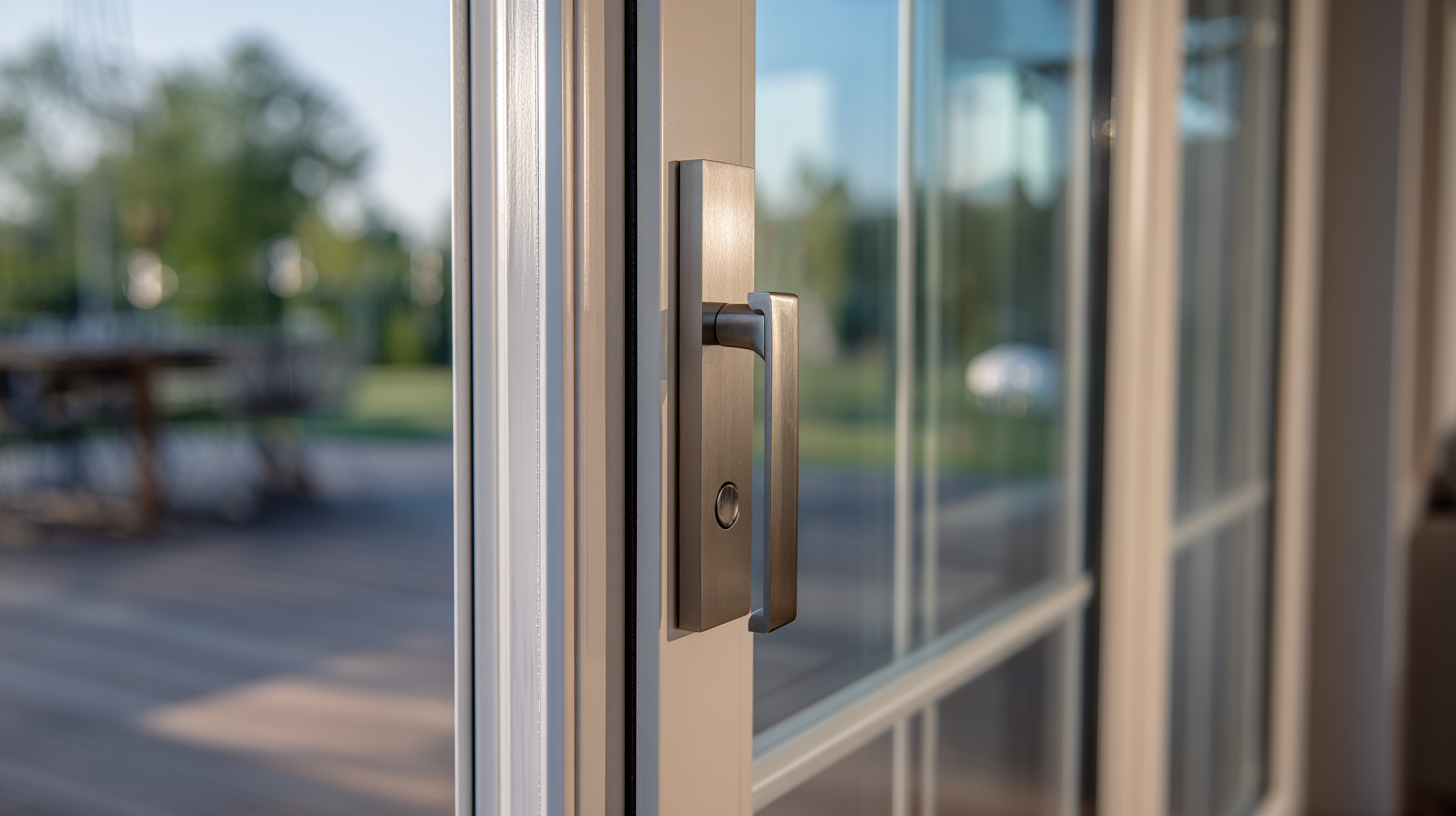 Proper installation of patio door seals is crucial for maximizing energy efficiency and ensuring comfort in your home. Even the best quality seals can underperform if they are not fitted correctly. Begin by carefully measuring the dimensions of your patio door frame, as an accurate fit is essential for preventing drafts and moisture intrusion. Clean the surfaces thoroughly to ensure that the seals adhere properly, and follow the manufacturer’s instructions for installation to avoid common pitfalls.
Proper installation of patio door seals is crucial for maximizing energy efficiency and ensuring comfort in your home. Even the best quality seals can underperform if they are not fitted correctly. Begin by carefully measuring the dimensions of your patio door frame, as an accurate fit is essential for preventing drafts and moisture intrusion. Clean the surfaces thoroughly to ensure that the seals adhere properly, and follow the manufacturer’s instructions for installation to avoid common pitfalls.
Tips: When positioning the seal, make sure it is aligned evenly along the entire frame. Consider using a caulking gun for adhesive seals, as this allows for precise application. Additionally, check your seals regularly for wear and tear, particularly after extreme weather conditions, and replace them as needed to maintain optimal performance.
Another key factor is the choice of materials used for your patio door seals. Silicone and foam seals are popular options, but their effectiveness can vary based on the climate where you live. In areas with significant temperature fluctuations, select seals designed to withstand expansion and contraction. Proper installation combined with high-quality materials will ensure that your patio door seals perform at their best, contributing to your home's overall energy efficiency.
Measuring Energy Savings: What to Expect After Upgrading Your Patio Door Seal
Upgrading your patio door seal can significantly enhance your home's energy efficiency. According to the Department of Energy, improper sealing around doors and windows can lead to drafts that waste 10% to 30% of a home's energy use for heating and cooling. By investing in a high-quality patio door seal, homeowners can expect immediate improvements in comfort levels, as well as notable reductions in energy bills. For instance, studies indicate that a well-sealed patio door could result in energy savings of up to 15% annually, depending on the climate and the existing conditions of the door seals.
In assessing the impact of a new patio door seal, it's essential to measure energy savings not just in terms of utility costs, but also in overall home comfort and indoor air quality. Enhanced seals can prevent unwanted infiltration of outside air, which not only maintains stable temperatures but also reduces the load on heating and cooling systems. A report from the Efficient Windows Collaborative reveals that energy-efficient doors and windows with proper sealing can lower a home's greenhouse gas emissions by approximately 10%, contributing positively to environmental sustainability. By prioritizing these upgrades, homeowners stand to benefit both financially and environmentally.
Impact of Upgrading Patio Door Seals on Energy Efficiency
This chart represents the estimated energy savings (% reduction in heating and cooling costs) for homeowners after upgrading to high-quality patio door seals. The data reflects the savings observed in different climate zones.
Related Posts
-

Ultimate Guide to Choosing the Right Patio Door Seal for Energy Efficiency
-
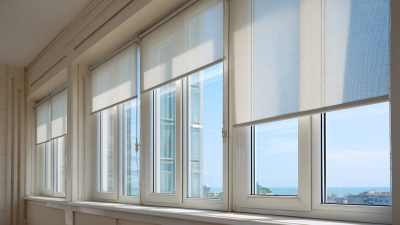
Emerging Trends in Exterior Window Screens Market Insights from 2025 China Import and Export Fair
-
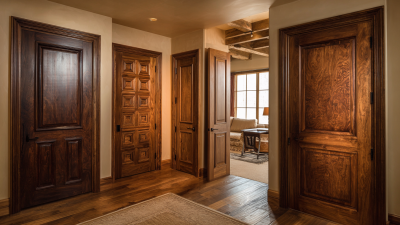
Exploring Innovative Interior Door Designs to Enhance Your Home Aesthetics and Value
-

Innovative Approaches to Choosing New Window Screens for Your Home
-
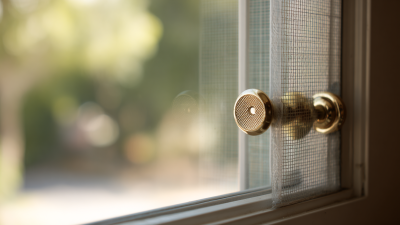
The Ultimate Guide to Choosing the Best Window Screen Hardware for Your Home
-
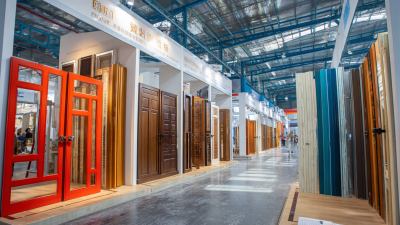
Exploring Industry Trends for Exterior Door Casing at the 2025 China Import and Export Fair
